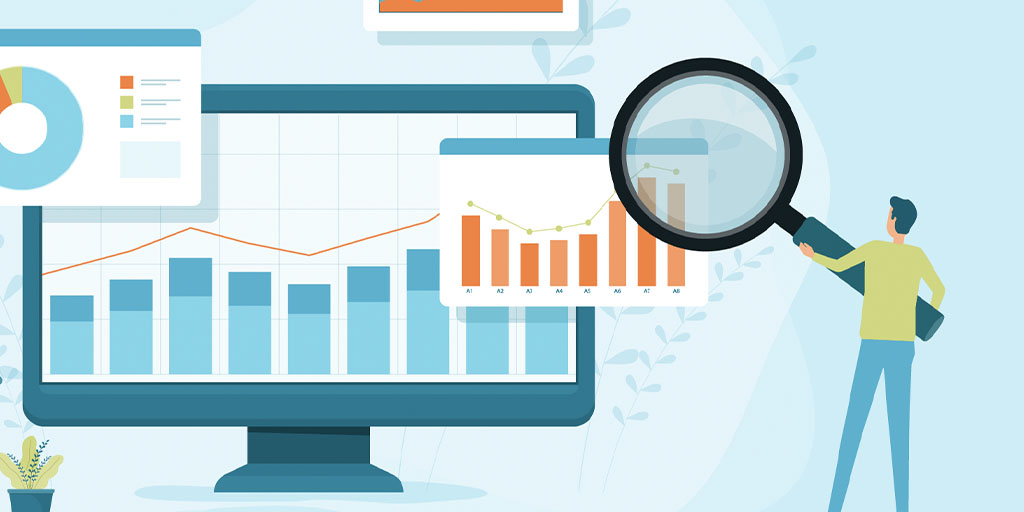Why You Need to Pay Attention to Your Data
Invisible spend has always been a thorn in procurement’s side. Learn about the intelligent spend solution that is often overlooked – DATA.

Are you a category manager with a hemorrhaging budget, but you can’t understand why? Or maybe you’re a member of a procurement team that wants to expand their supplier base, but there just isn’t enough information at your fingertips to make an informed assessment?
In a moment in time where spend visibility is more critical than ever, organisations and their procurement teams are still looking for solutions. After all, the ability to oversee, understand, and take action to ensure business continuity and growth is largely – and critically – achieved through obtaining the right kind and quality of spend data.
Yet the last 18 months has renewed the urgency for obtaining this data, in order to mitigate future supply risks and disruptions.
So, with category managers growing desperate for a solution to invisible spend, and the procurement world growing weary of unhelpful and clotted excel spreadsheets, the field of procurement analytics is rapidly expanding. Taking control of departmental spend is at procurement’s fingertips… and the secret lies with usage-level data.
Usage-level data… what’s that?
There are several names for usage-level data – you may have heard it referred to as ‘granular’ data, ‘bottom up’ data, or ‘raw’ data. In the procurement and supply chain world, this kind of data is collected at ‘field level’ to inform a more complex, overarching system or business model.
Why do I need it?
Data is the ticket to gold-standard spend analysis. But in order to get the big picture, ‘skyscraper’ view, you have to start with the field work. In the case of category managers, the most useful kind of raw data is supplier data – it allows you to assess your spend, as well as to measure your expected outcomes with your supplier network.
But bottom-up data can’t give you the skyscraper view on its own. There is new scope for combining usage-level data with the ‘top-down’ approach of spend analysis – that is, using two sets of granular and overarching data to generate actionable data. Managers can utilise this data to improve their category outcomes, rather than simply having it as a reporting tool.
The market for technology solutions to improve spend analysis control is expanding, and quickly. Procurement and supply chain teams are recognising that there is no place for static data in today’s climate – 50% of the What Next? research report survey respondents indicated their rising interest in AI and machine learning, while another 50% of procurement leaders recognised technology as a solution to automate the tracking of supplier performance against sustainability goals in our Sustainable Procurement research report.
It’s clear that in order to capitalise on the data sets at our fingertips, implementing the right technology is key.
What’s more, category managers are all too aware of the potential cost savings that this technology can provide, not to mention spend visibility.
I’m not a Category Manager, why should I care?
No matter your title or position at your organisation, you should be caring about spend analysis.
For procurement to be truly best-in-class, every stakeholder needs to know what’s being spent by whom, and what kind of return they can expect for every dollar spent. Spend analysis can help organisations achieve this holy grail, all with procurement’s help.
But how?
Strategically saving is always on the agenda for procurement. However, beyond that, spend analysis has some critical benefits. These include:
1. Better spend data visibility
The key to successful spend analysis isn’t necessarily more data, but ensuring that the right data is captured and analysed effectively.
Spend analysis helps procurement professionals capture data on direct spend – for example, spend on raw materials – as well as data on indirect spend – i.e., marketing and office supplies. Data must be captured in real-time, so that procurement and management can set cash flow forecasts, refine budgets, and define category spend goals.
This type of data is critical to bring to the table when negotiating with suppliers, especially at interim contract reviews and when you might need to scale up or down on spending.
2. Creating more value
As we’ve said before, best-practice procurement is about much more than cost savings. But…spend analysis can help procurement professionals unearth cost savings that may currently be invisible to them, including:
- Understanding how to improve internal processes – for example, how to better create spend taxonomies
- Knowing which vendors are underperforming and understanding how this might be remedied
- How to uncover savings by leveraging economies of scale, putting limited-time terms into place, and adjusting budgets to accommodate for disruptions (something we’ve all had to do lately!)
Yet the benefits to be had from spend analysis go far beyond the value created through additional savings. Spend analysis also helps procurement identify opportunities to work with diverse and more sustainable suppliers, as well as helping to lower the total cost of ownership across spend categories.
Learn more about the importance of bottom-level data, how to uncover it and how to use it to become a spend analysis guru in our Level UP Your Category Management Control whitepaper, proudly produced with SpendHQ. To access this resource, join the Level Up Your Procurement Group today!